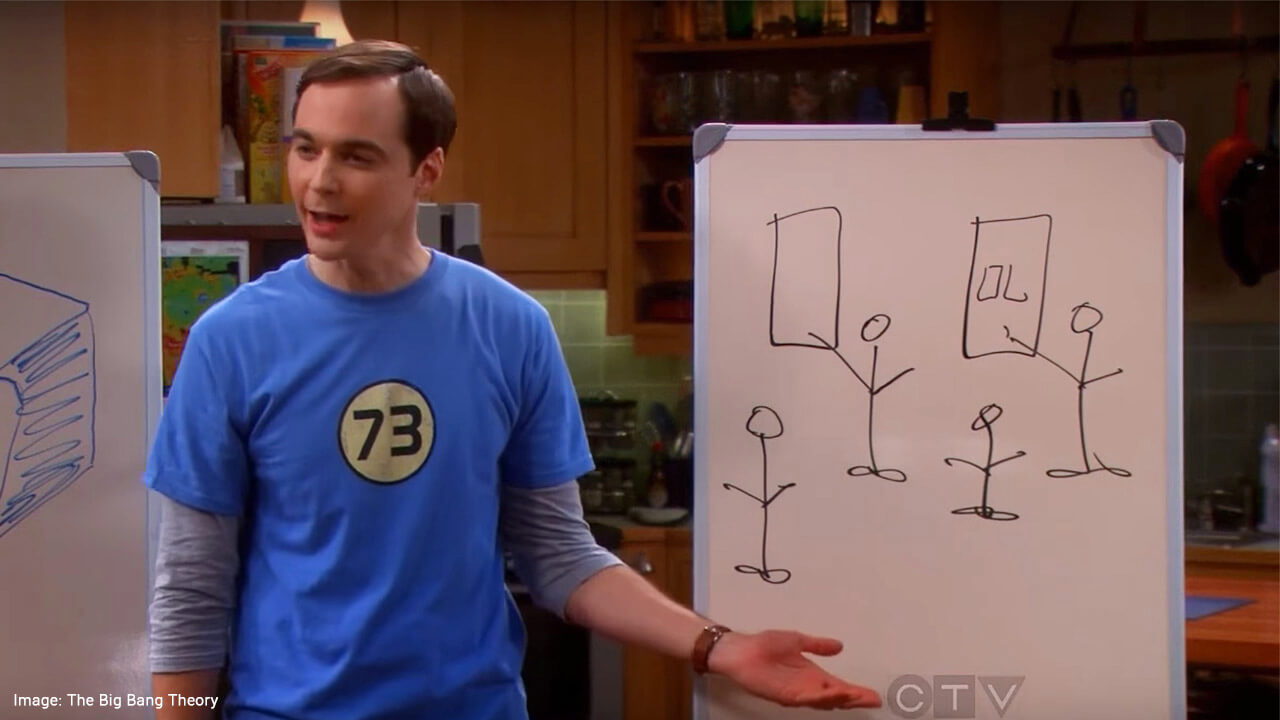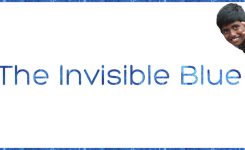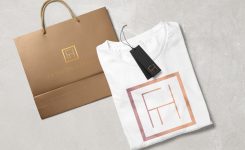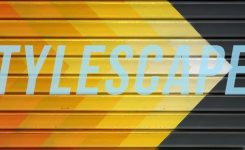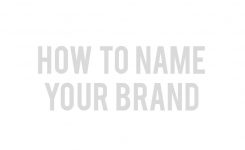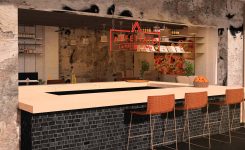Brand Strategy
Brand Development: The Art of Framing the Right Questions
A brand is not just its logo. It is an identity; a personality. A ‘brand’ is what makes a consumer your customer. It is an experience that needs to be designed. But how does a design agency take it all the way there?
Imagine a really complex game of Pictionary mixed with Taboo… I think that would be a good way to describe the process that takes place between a designer and a client while developing a brand.
START AT THE BEGINNING
One of the first things designers need to do while developing a brand is to understand their client’s vision – by asking questions.
How well a designer is able to assimilate their client’s vision lies in their ability to ask well-crafted questions and to be a good listener.
With reference to the comparison drawn before, a client meeting could sometimes be that part of the game where all the right words you want them to say are taboo. The only way you can guess is by drawing them out for your client and the only way they can respond is with more non-taboo words!
That can get irksome.

So, here are some ideas on how to ask questions while developing a brand’s identity. The Internet of course is everyone’s resource-base, but this article will help you make those questions smarter and more tactful.
TIPS ON FRAMING THE RIGHT QUESTIONS
1. Human beings are storytelling creatures. We are drawn to memorable personal narratives, which always makes it a good idea to start with your client’s story. How was their business born? What motivated or inspired them?
This will give you a real insight into their earnestness for their project. It will also open your client’s heart to trusting your process and sharing with you uninhibitedly, throughout.
2. Not every client may have exemplary imaginativeness; therefore it is up to your questionnaire to give them the platform to communicate their thoughts effectively.
Situation questions are the most fun, brilliant way of doing this. Here are some question examples:
– Do your customers belong to certain a age/demographic?
– How would you describe these people?
– Where are they consuming your product?
– SIf you were to overhear someone describe your brand to another person, what do you imagine they’d be saying?
– In what setting did you picture these two people talking?
– What words do you never want associated with your brand?
– Situation questions are the most fun, brilliant way of doing this. Here are some question examples:
– If you had to choose an actor/actress to play the character of your brand, who would it be? Why?
– Imagine your brand were a period in time; what would it be and why?
3. Questionnaires can sometimes sound like exams that incite a feeling to answer ‘correctly’— and that’s not very useful. This typically happens in a casual conversation: ‘But don’t you think…’ or ‘You want it to look… right?’ To reiterate, asking leading questions is a bad idea.
4. But on the other hand, do keep in mind the subtle difference between leading and clarifying questions. The latter is a good practice when reinforcing important points spoken about earlier. So make sure you establish the intent of your asking.
5. While it is valuable to ask for preferences in colour or motifs and such, make sure to ask your client to not get too fixated on them. Since the actual making of the logo happens much later in the process, a designer wouldn’t want to feel restrained by things like colours.
6. Be conscious of what you assume. If your client owns a business for progressive farming techniques, they may or may not want to use the colour green or have a leaf in their logo. It’s good practice to always crosscheck.
7. It is important to know when it’s pertinent to use either an open-ended or a close-ended question. Here’s a personal example: I’d asked, ‘Do you have any thoughts for your company tagline?’ and all I got was a flat ‘No’. It might have been more helpful for me to have put it this way: ‘What feelings would you like your company tagline to provoke in a customer?’ and then followed by ‘Do you have any existing ideas for one?’
8. A section of the questionnaire should just be devoted to juicing out adjectives and as many descriptive phrases as possible. Sitting together and jotting down an expansive pool of words that can be ascribed to the brand is a remarkable exercise for getting those creative juices flowing!
9. One might not always feel the same passion they felt when they were first struck with their idea. Hence, asking your client to answer your questionnaire in a certain setting can be a great way to bring that feeling of passion back to them!
You could suggest an isolated cubicle in their busy office or answering it right after they’ve come back from a vegetable store (for example, if their business is about organic greens).
To make things more stimulating, you could conduct your interview in the place where the client first came up with their idea or any environment where they feel most zealous about their brainchild.
10. Finally, leave scope for things you might not have been able to predict you wanted: ‘Is there anything else that came to your mind while answering this questionnaire?’ is a great way to end.
Remember, the right answer might just be the right question away!

Pahi Gangwar
Graphic Designer

